
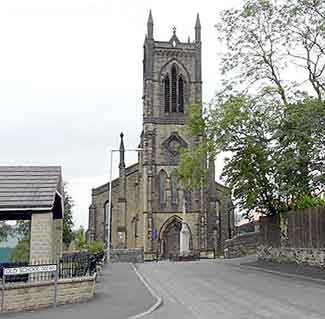
This Anglican church was built in 1838-41 and the architect was Edmund Sharpe (1809-1877) of Lancaster on behalf of the Church Commissioners. Edmund Sharpe was born at Knutsford, Cheshire, but in 1824 he moved with his mother and sister to live at Lancaster. The foundation stone was laid on the 3 Sep 1838 and the church was consecrated on the 24 May 1841 by the Bishop of Chester, the Rt Revd John Bird Sumner.
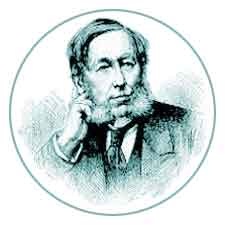
Edmund Sharpe.
The church is built of stone with a slate roof and it stands on the south side of High St in an elevated position at the top of a low hill.
It is listed Grade II, List Entry No. 1068017.
Revd Joseph Rayner Stephens (1805/79)
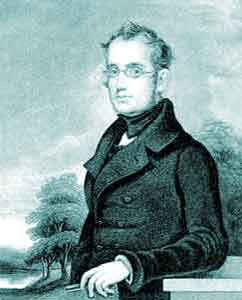
Revd Joseph Rayner Stephens.
The churchyard of St John’s Church is the burial place of the 19th century reformer, the Revd Joseph Rayner Stephens who died at his home on Cheetham Hill Rd, Dukinfield, in 1879. He was born in Edinburgh and was trained in the Ministry. He was continually aware of social injustice and human suffering and when he came to Ashton-under-Lyne in 1832 he became an influential member of the Chartist Movement and campaigned for factory reform and against the New Poor Law. This was introduced in 1834 and in 1929 it was notionally abolished but it was not until 1948 that the New Poor Law system was finally abolished.
Later, he moved to Stalybridge and in 1841 he founded a People’s School for adult education on Astley St, Stalybridge. Later, the building became the Holy Trinity Mission Hall. The original chapel interior from the mission hall is now on display at Portland Basin Museum, Ashton-under-Lyne.
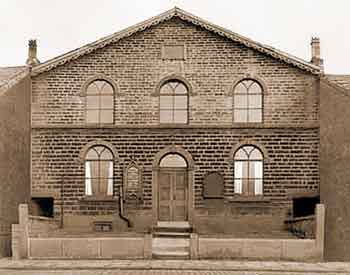

In 1888 an obelisk commemorating Joseph Rayner Stephens was erected in Stamford Park, Stalybridge, and there is also a blue plaque commemorating him on the Waterloo Rd/Trinity St portico of the former Stalybridge Town Hall*. He is also remembered by Rayner Stephens High School on Yew Tree Ln, Dukinfield.
Granite memorial obelisk with a bronze relief portrait of the Revd Joseph Rayner Stephens
This obelisk is located in Stamford Park, Stalybridge.
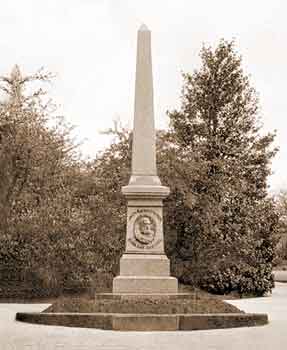

Blue plaque commemorating the Revd Joseph Rayner Stephens
This plaque is located on the left-hand side of the portico of the former Stalybridge Town Hall.
The Cotton Tree Inn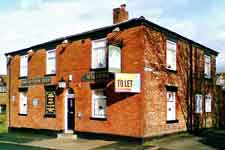 on the Whitnall St corner of Markham St, Newton, Hyde, was used by the Chartist Movement to hold meetings.
One such meeting was held there on the 28 Jul 1839 and as a consequence
the Revd Joseph Rayner Stephens and two associates, Dr Paul Murray McDouall
on the Whitnall St corner of Markham St, Newton, Hyde, was used by the Chartist Movement to hold meetings.
One such meeting was held there on the 28 Jul 1839 and as a consequence
the Revd Joseph Rayner Stephens and two associates, Dr Paul Murray McDouall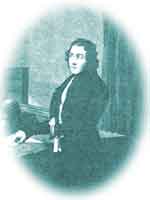 * and John Bradley, were arrested.
They were charged with attending an unlawful meeting, sedition and disturbing the peace and were convicted and sentenced to 18-months imprisonment in Chester Castle.
* and John Bradley, were arrested.
They were charged with attending an unlawful meeting, sedition and disturbing the peace and were convicted and sentenced to 18-months imprisonment in Chester Castle.
The Cotton Tree Inn opened in 1830 and it was so named because its opening coincided with the opening of cotton mills in the Newton area by Ashton Brothers. It closed in 2012.
⚝ ⚝ ⚝
In conclusion, there is also a historic connection between St John's Church, Dukinfield, and St Matthew's Church, Stalybridge.
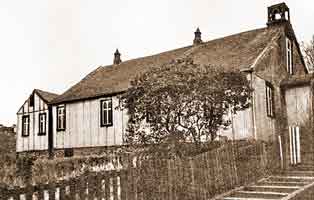
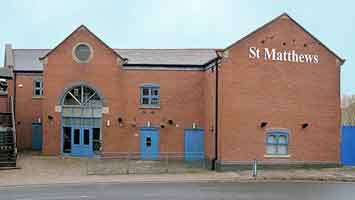
The second St Matthew’s Church is named after the church that once stood on Lord St which was founded in 1911 and the opening congregation came from St John’s Church, Dukinfield. The first church closed in Dec 1990 and the congregation moved into a building on Dean St that was not built as a church.